Bauhaus in Montreal
Joining the generations
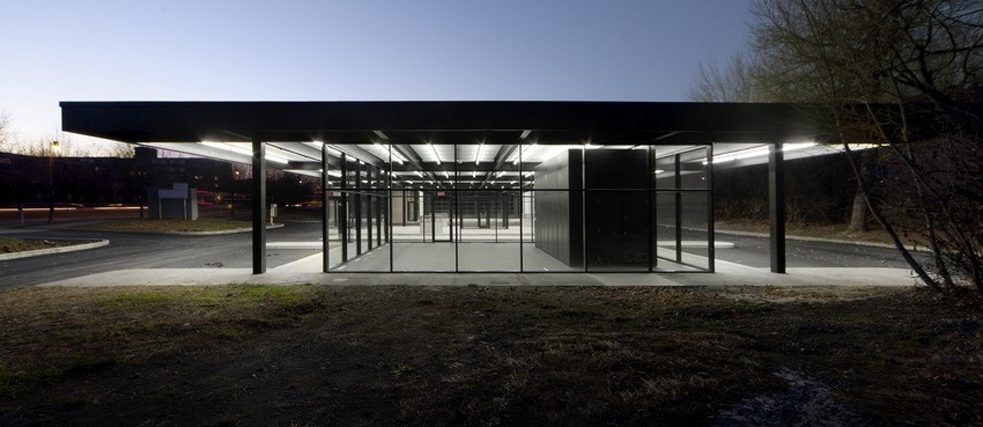
In the southwest of Montreal, on Nun’s Island, a piece of Bauhaus architecture can be found, an iconic former petrol station that now houses the community center La Station.
The buidling was designed as a gas station by the former Bauhaus director Ludwig Mies van der Rohe and built in 1969 in cooperation with the local architect Paul H. Lapointe. The main feature of the building are its typical glass facades.
Mies van der Rohe was born under the name Maria Ludwig Michael Mies in Aachen, Germany in 1886. He died in Chicago, USA in 1969. Along with Walter Gropius, he is considered one of the pioneers of modern architecture. His clear and simple style aims to combine functionality and aesthetics. For his projects, he would first investigate various materials and forms in order to optimize their use according to the needs of the project. Form, so Mies’ principle, should follow function. "Architecture is the will of an epoch translated into space - living, changing, new".
La Station, as the building is called today, consists of two different units: One wing served as a garage, the other as a sales room for new vehicles. The petrol pumps were located in the middle, in an open-air covered passageway. In 2008 the petrol station was closed down and since 2009 the building has officially been part of the architectural heritage of the city of Montreal. The transformation of the building into a communal center began in 2011. The re-design was not so much a complete restoration as a change of use in line with Mies’ vision of adapting a building to the needs of the times while retaining its aesthetic features. Today, the wings are used as a youth center and for activities for senior citizens, respectively, joining the generations under a historic roof.
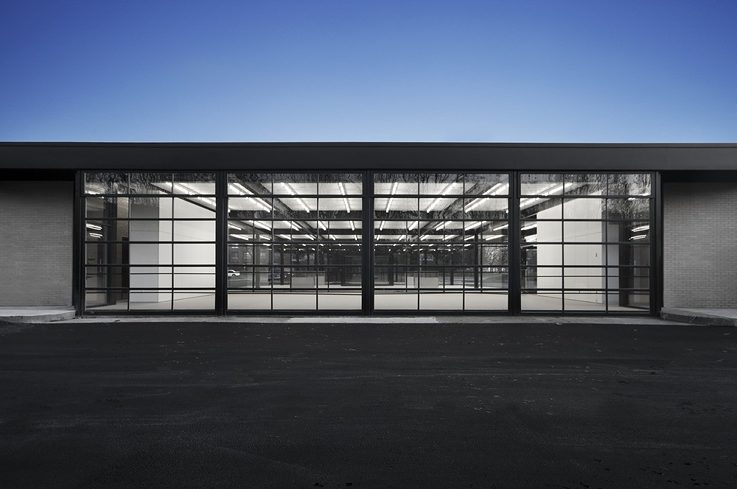
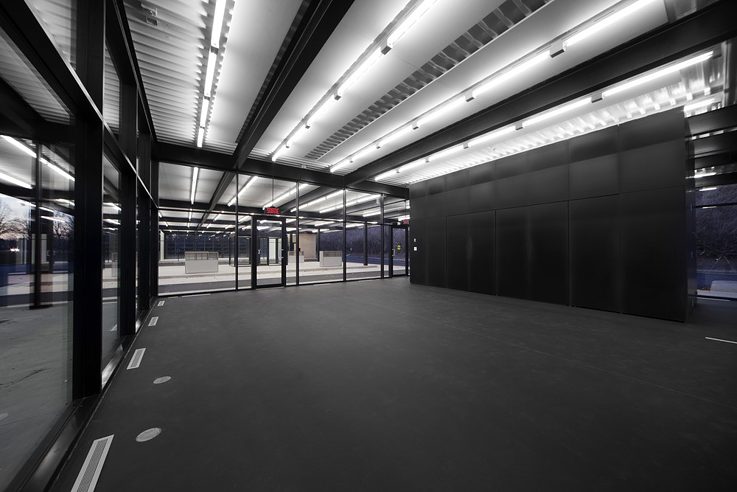
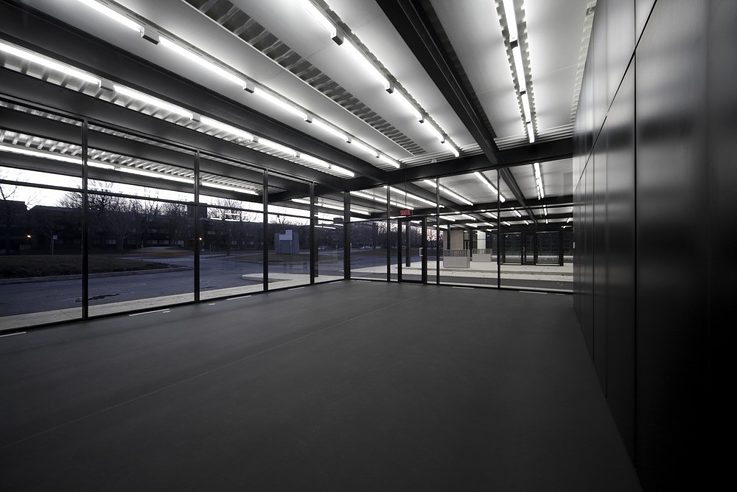
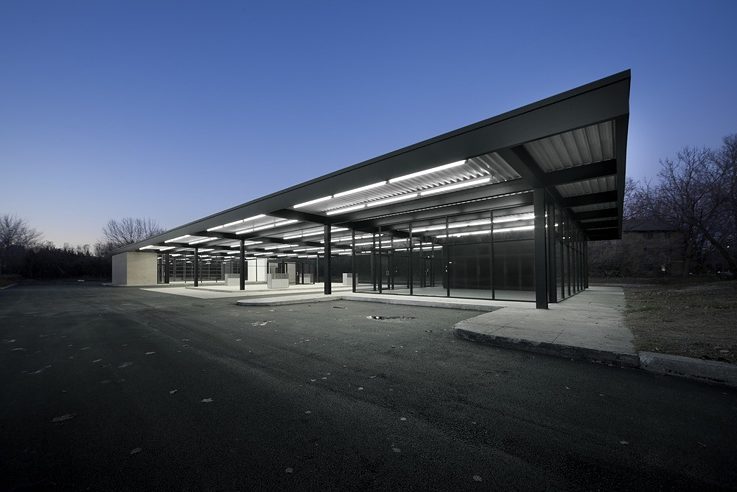
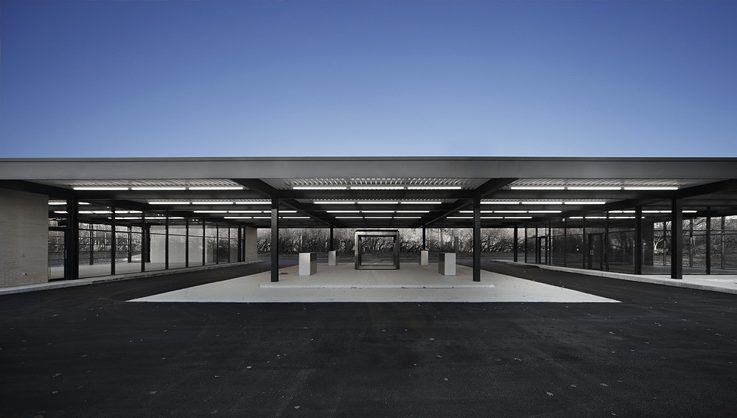
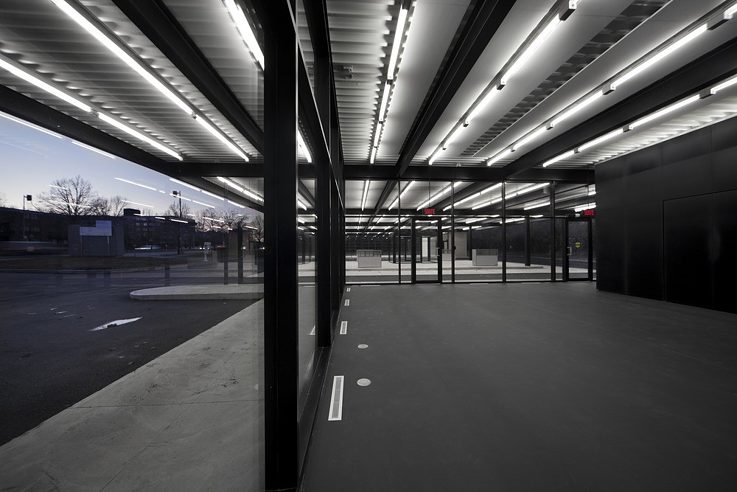
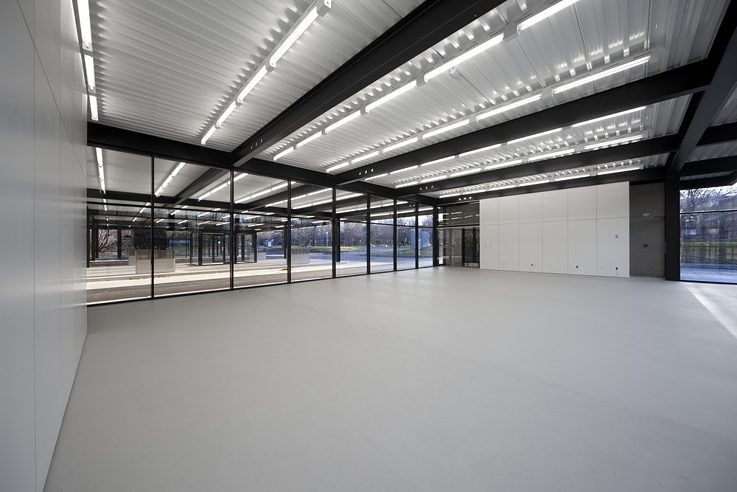
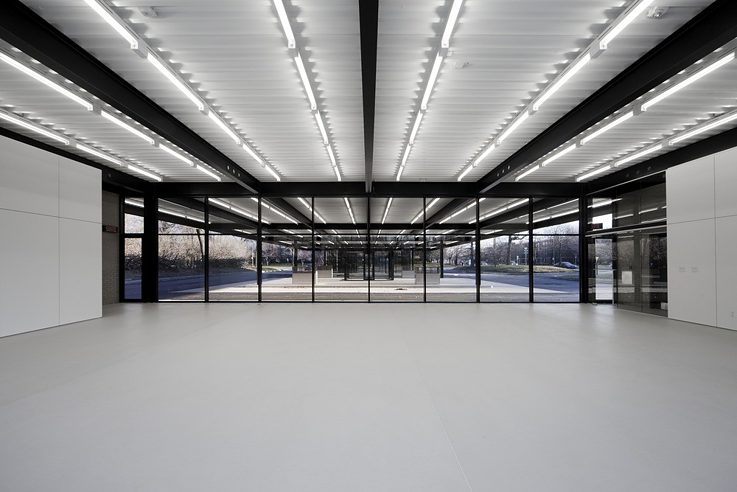
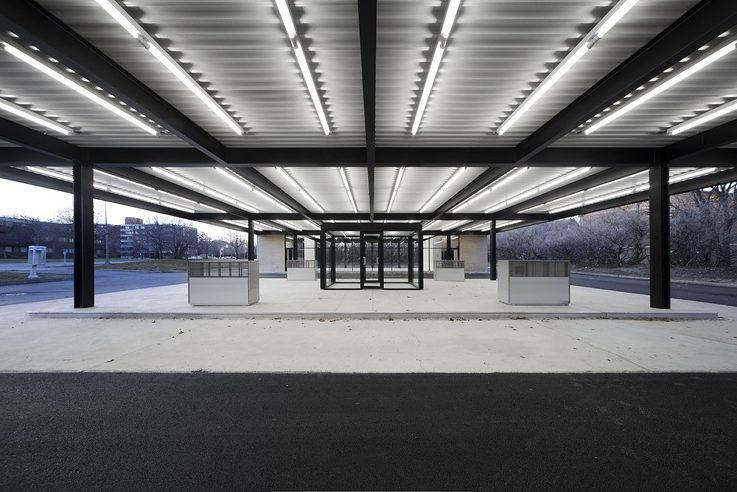
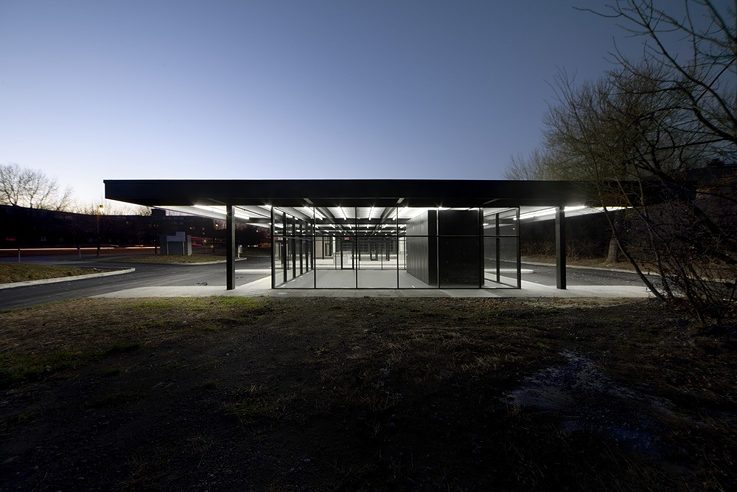
Comments
Comment